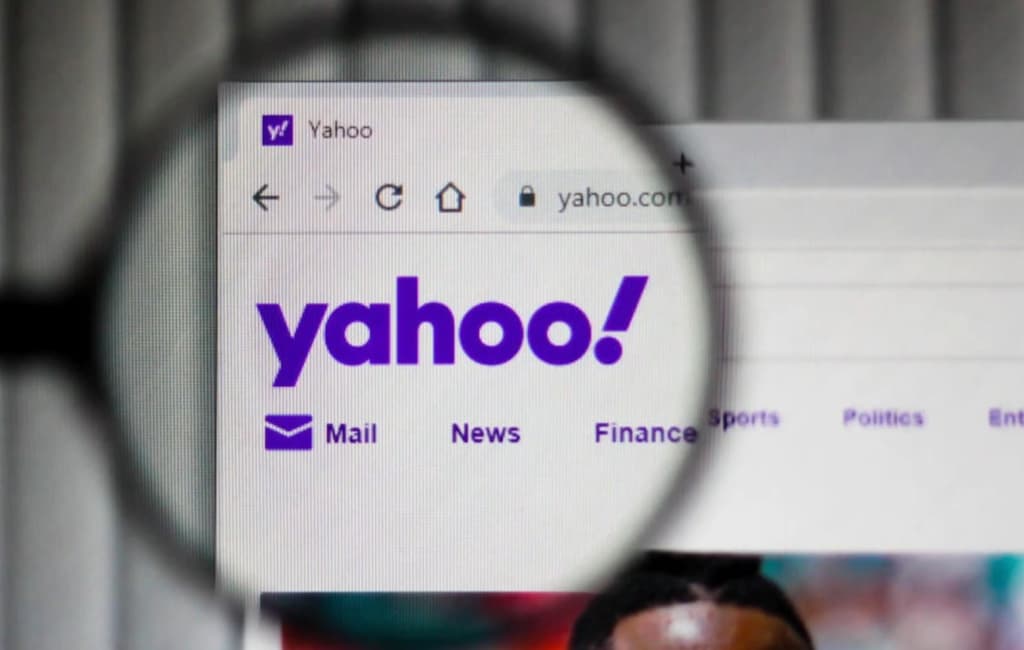Understanding the Need for Email Encryption
In today’s digital era, email is a commonly used platform for sharing information, sometimes encompassing confidential materials. Yet, this mode of communication is susceptible to unauthorized access, exposing your sensitive information to individuals with malicious intent, often referred to as hackers. A compromised email can be manipulated, posing a risk of data leaks.
To protect the transfer of your digital information, it is advisable to employ email encryption. This technique guarantees that only the designated receiver can access your message, significantly enhancing trust in the privacy of your data exchange.
The Functionality of Email Encryption
The primary purpose of encrypting emails is to alter readable text into a format that cannot be understood without a specific key. This key, uniquely held by the intended recipient, is used to convert the scrambled message back into its original, legible state.
In its simplest form, the process takes place as the email is dispatched, allowing the message to remain in its original text form when stored. Conversely, with end-to-end methods, the email is secured before even initiating the send command. This technique guarantees that not even the email hosting service has the ability to decipher the content, underscoring the efficacy of encryption in safeguarding your private communications.
Variations in Email Encryption

Two common types of email encryption are Secure Multipurpose Internet Mail Extension (S/MIME) and Pretty Good Privacy (PGP).
- S/MIME is integrated into most modern email software, requiring specific keys from a Certificate Authority. This encryption variant is an Internet Engineering Task Force (IETF) standard, promoting digital signatures and public key encryption. The digital signatures affirm your identity as the legitimate sender, protecting against phishing attacks;
- On the other hand, PGP utilizes file encryption methods and digital signatures to safeguard your messages. As one of the earliest public key cryptography options available freely, PGP serves businesses and individuals well, ensuring secure online communication, including text messaging.
Keep in mind that the suitability of S/MIME and PGP depends on your specific requirements:
| Situation | Recommended Option |
|---|---|
| VPN usage | If you intend to use a VPN, PGP is a more suitable option as S/MIME is exclusive to email services |
| Multimedia files | If you need to send multimedia files, S/MIME is the more suitable option, as PGP is designed for plain texts |
| File downloading | You can download files safely with S/MIME |
Procedure to Encrypt Yahoo Emails
Yahoo Mail does not support end-to-end encryption on its own. Thus, third-party applications are required to encrypt emails sent through Yahoo. Once you have Mailvelope installed, follow these steps:
- Open Yahoo Mail;
- Create a new message;
- Click the Mailvelope icon in the top-right corner of your message window;
- Compose your message, then click Encrypt;
- Your message is now ready to be sent safely.
This procedure is more or less the same across different third-party plugins.
Exploring Third-Party Applications for Encryption
There’s a myriad of third-party applications available for email encryption. These applications range from browser plugins to standalone programs. When selecting an app for Yahoo Mail, it’s important to consider the following factors:
- Compatibility: Check if the app is compatible with Yahoo Mail;
- Encryption Method: Ensure the app uses strong encryption protocols to secure your information;
- User Experience: It should be user-friendly and straightforward to use.
Precautions when Utilizing Email Encryption
While email encryption is an effective measure to secure your email communications, it’s also crucial to take certain precautions:
- Secure your encryption keys: If your encryption key falls into the wrong hands, your encrypted data can be compromised. Keep your keys secure and private;
- Regularly update your encryption software: Software updates often include security patches. Make sure your encryption software is always up-to-date;
- Keep strong passwords: A strong password is an important layer of security. Avoid using easily guessed passwords and update them regularly.
Conclusion
Ensuring the integrity of your data is paramount, particularly when you’re sending confidential details via email. Those who use Yahoo Mail can select from an array of security protocols, including S/MIME and PGP, which are among the preferred options. Additionally, external applications provide an added safeguard for your data, keeping it secure as it moves across the internet. Adhering to the recommendations and safety measures outlined here will greatly improve the protection of your email interactions.


Leave a Reply